Brought to you by: Jonah T. Johnson, MS, CPAg, CCA - Sales Agronomist, PCT | Sunrise
Fall Armyworm Presence Has Increased Across Ohio
Fall armyworm (FAW) presence has increased in Ohio and reports are coming in with concern to their current crops.
Sensitive Crops to scout FIRST:
- Double Crop Soybeans
- Alfalfa fields
- Grass hay fields
- Yards are being consumed also
Identification:
A distinctive, light-colored inverted "Y" mark is present on the head capsule of fall armyworms. Also, pay attention to coloration changes of FAW larvae.
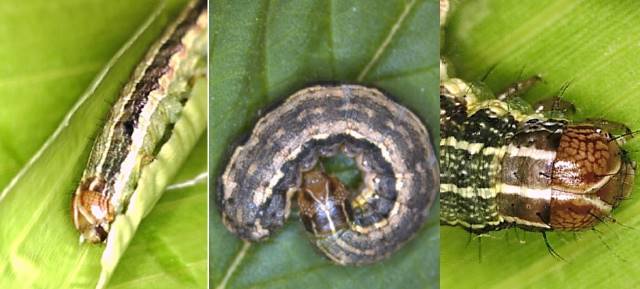
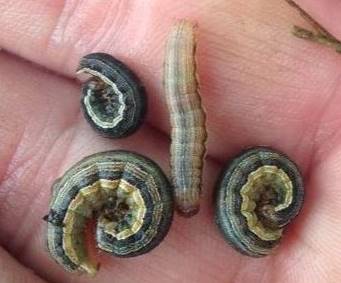
Examples of Fall Armyworm Damage:
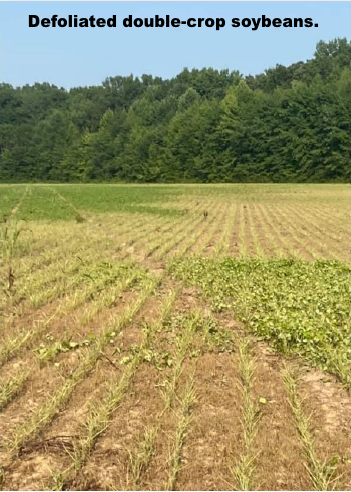
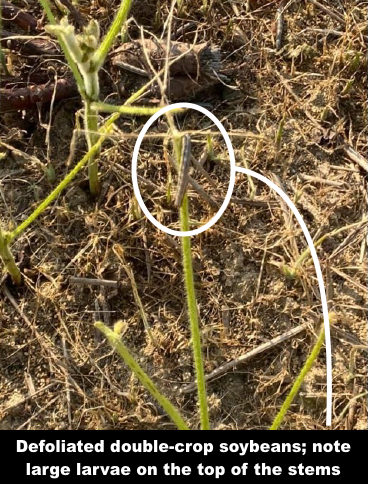
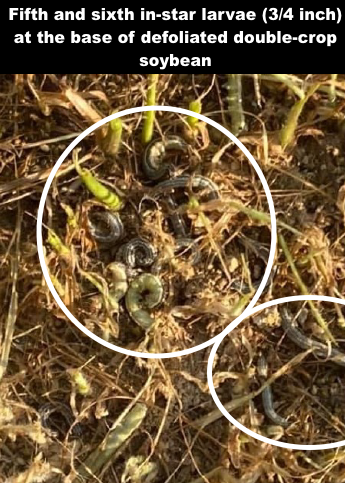
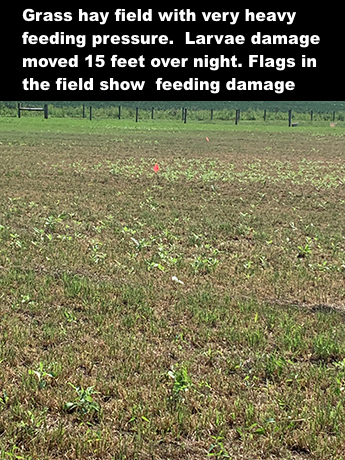
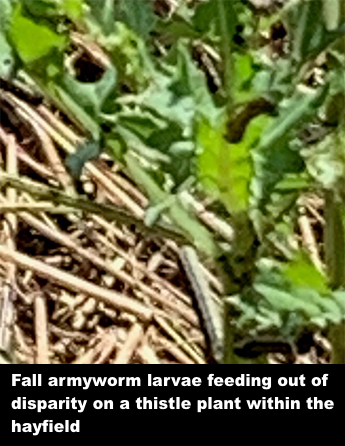
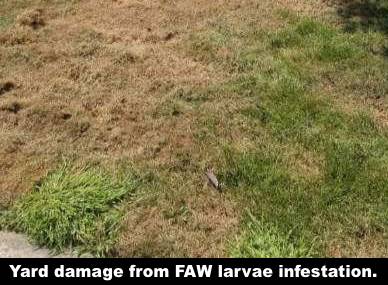
Damage Threshold:
In soybeans, a threshold for FAW is not well established, but you can use the following: control is required if egg masses are present on 5% of the plants, or 25% of plants are infested with larvae.
The thresholds used in North Carolina for defoliating insects is 30% defoliation throughout the plant canopy 2 weeks prior to blooming (R1) and 15% defoliation throughout the plant canopy 2 weeks prior to flowering (stage varies) until the pods have filled (R7-R8).
Treatment Options:
The late vegetative stage of soybeans can support heavy feeding and can tolerate nearly 100% foliage loss during the early vegetative stages before yield loss is achieved. However, if double-crop soybeans are affected in the early seedling stage, the results may be devastating
Insecticides, such as pyrethroids, are effective against this pest, but it is known that their efficacy decreases for late larval instars. Early detection of infestations will allow for more effective control of this pest if larvae are larger than ¾ inch in length. In corn, the larvae can form a frass plug in the whorl, and this reduces the ability of insecticides to contact the larvae. A dual mode of action insecticide with systemic capabilities, may be used.
A dual-mode of action insecticide be more effective than single mode of action products. Examples are as follows:
For all these insecticides, the use of high volumes of water will generally result in better coverage, especially under adverse conditions (e.g., hot, dry) or where a dense plant canopy exists, especially if the FAW migration continues. These types of migratory waves are of short duration and rarely will be duplicated; however, FAW can be present until the fall.
In soybeans, a threshold for FAW is not well established, but you can use the following: control is required if egg masses are present on 5% of the plants, or 25% of plants are infested with larvae.
The thresholds used in North Carolina for defoliating insects is 30% defoliation throughout the plant canopy 2 weeks prior to blooming (R1) and 15% defoliation throughout the plant canopy 2 weeks prior to flowering (stage varies) until the pods have filled (R7-R8).
Treatment Options:
The late vegetative stage of soybeans can support heavy feeding and can tolerate nearly 100% foliage loss during the early vegetative stages before yield loss is achieved. However, if double-crop soybeans are affected in the early seedling stage, the results may be devastating
Insecticides, such as pyrethroids, are effective against this pest, but it is known that their efficacy decreases for late larval instars. Early detection of infestations will allow for more effective control of this pest if larvae are larger than ¾ inch in length. In corn, the larvae can form a frass plug in the whorl, and this reduces the ability of insecticides to contact the larvae. A dual mode of action insecticide with systemic capabilities, may be used.
A dual-mode of action insecticide be more effective than single mode of action products. Examples are as follows:
- Besiege (chlorantraniliprole + lambda-cyhalothrin) at 8-10 fl. oz/A
- Hero (zeta-cypermethrin + bifenthrin) at 4-10.3 fl. oz/A
- Elevest (bifenthrin + chlorantraniliprole) at 5.9-9.6 fl. oz/A) may be more effective than single mode of action products.
For all these insecticides, the use of high volumes of water will generally result in better coverage, especially under adverse conditions (e.g., hot, dry) or where a dense plant canopy exists, especially if the FAW migration continues. These types of migratory waves are of short duration and rarely will be duplicated; however, FAW can be present until the fall.